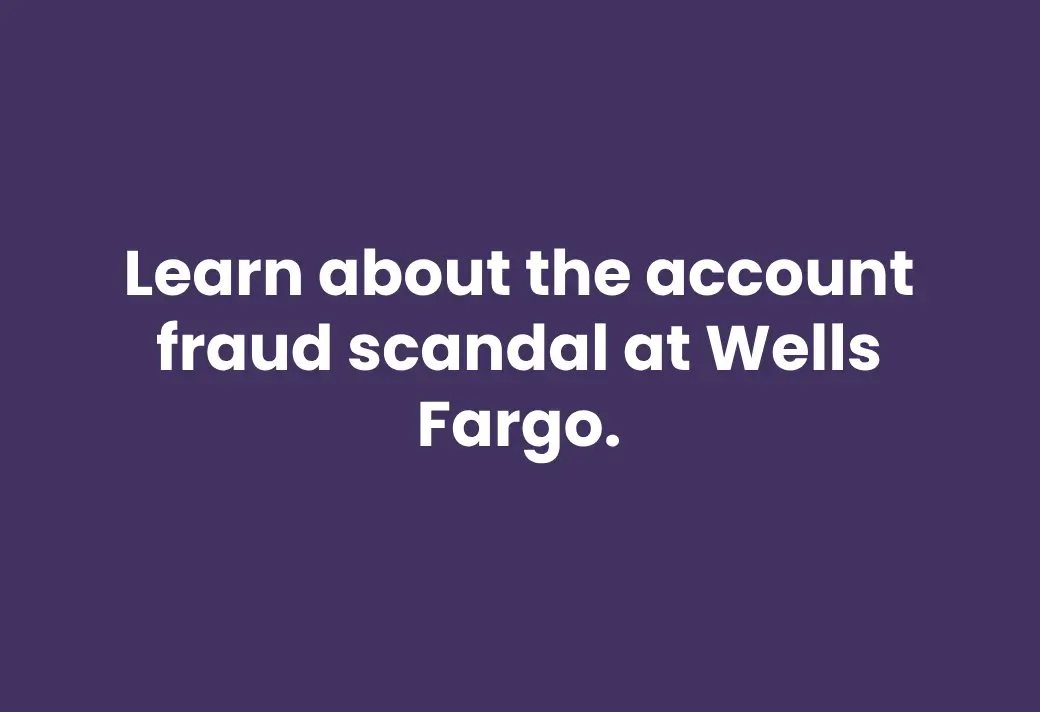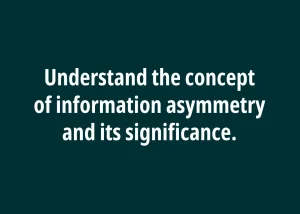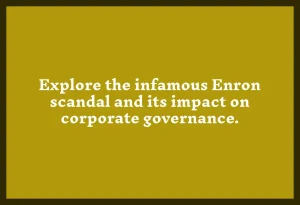Wells Fargo, one of the largest banks in the United States, has been embroiled in a major scandal involving fraudulent practices within its account services. This shocking revelation has tarnished the reputation of the once highly esteemed financial institution and has raised concerns about the integrity of the banking industry as a whole.
The scandal, which came to light in 2016, involved employees creating millions of unauthorized accounts in the names of unsuspecting customers, resulting in the accumulation of millions of dollars in fees and charges. This deceptive scheme was carried out by thousands of employees, with reports suggesting that the fraudulent activity had been ongoing for over a decade.
The impact of this scandal has been far-reaching, resulting in significant financial penalties, job terminations, and a loss of trust from customers and shareholders. In this article, we will delve into the details of the Wells Fargo account fraud scandal, exploring how it unfolded, the consequences it has had, and what measures have been taken to address the issue and prevent similar incidents from occurring in the future.
Earn a certificate in your dream career for an affordable price at IAP Career College today!
Wells Fargo’s history of fraud.
Throughout its history, Wells Fargo has faced a number of high-profile scandals related to fraudulent activities. One notable example is the Wells Fargo account fraud scandal, where it was revealed that thousands of employees had created unauthorized accounts and services for customers without their knowledge or consent.
This deceptive practice was carried out to meet aggressive sales targets and earn incentives within the company. The scandal resulted in significant financial penalties and tarnished the reputation of the once-respected financial institution.
It serves as a stark reminder of the importance of maintaining a culture of integrity and ethical conduct within organizations, and the consequences that can arise when these principles are compromised.
How the scandal unfolded.
The Wells Fargo account fraud scandal unfolded over several years, with the initial discovery dating back to 2011. It began when an investigation by the Los Angeles Times revealed that employees were opening unauthorized accounts and products in order to meet unrealistic sales quotas imposed by the company.
As the investigation deepened, it was discovered that this fraudulent activity was widespread, affecting millions of customers. The scandal gained further attention when it was revealed that some customers were charged fees and penalties for accounts and services they were completely unaware of.
The fraudulent practices involved forging signatures, creating phony email addresses, and transferring funds between accounts without customer consent. As news of the scandal broke, Wells Fargo faced immense scrutiny from regulators, shareholders, and the public.
The fallout included congressional hearings, CEO resignations, and significant financial penalties imposed by regulatory bodies. The scandal not only damaged the trust and confidence of Wells Fargo’s customers but also underscored the need for stronger oversight and accountability within the banking industry.
Impact on customers and employees.
The Wells Fargo account fraud scandal had a profound impact on both customers and employees. For customers, the breach of trust and unauthorized account openings resulted in financial harm and damage to their credit.
Many customers found themselves facing unexpected fees and penalties for accounts they never requested or authorized. The incident eroded their confidence in the bank and left them feeling betrayed. Employees, on the other hand, faced a toxic sales culture that prioritized meeting unrealistic targets over ethical practices.
This not only placed immense pressure on them but also led to compromising their integrity in order to achieve these goals. The scandal tarnished the reputation of the bank and its employees, causing significant emotional and professional repercussions.
Investigations and legal consequences.
In the wake of the Wells Fargo account fraud scandal, extensive investigations were launched to uncover the full extent of the wrongdoing and hold those responsible accountable. Regulatory agencies such as the Consumer Financial Protection Bureau (CFPB) and the Office of the Comptroller of the Currency (OCC) conducted thorough examinations into the fraudulent practices that were pervasive within the bank.
These investigations aimed to gather evidence, identify key individuals involved, and determine the extent of the damages caused. Additionally, legal consequences were faced by Wells Fargo as a result of their unethical actions.
The bank was subjected to various legal actions, including class-action lawsuits, resulting in significant financial penalties and settlements. The investigations and legal consequences served as a vital step in seeking justice for the affected customers and restoring trust within the banking industry.
Changes in leadership and policies.
Following the Wells Fargo account fraud scandal, the company underwent significant changes in both its leadership and policies. In an effort to rebuild trust and integrity, Wells Fargo implemented a series of leadership shake-ups.
The former CEO, John Stumpf, faced intense scrutiny and ultimately resigned from his position. Tim Sloan was appointed as the new CEO, with the goal of implementing a more transparent and accountable culture within the organization.
In addition to changes at the top, Wells Fargo also implemented stricter policies and procedures to prevent similar fraudulent activities from occurring in the future. These included enhanced internal controls, more rigorous employee training programs, and increased oversight from regulatory agencies.
These changes in leadership and policies were crucial steps in restoring confidence among customers and stakeholders, as well as rebuilding the reputation of Wells Fargo.
Restitution and compensation for victims.
In the aftermath of the Wells Fargo account fraud scandal, efforts were made to ensure restitution and compensation for the victims affected by the fraudulent activities. The bank took responsibility for its actions and established a comprehensive program to address the harm caused to customers.
This program involved conducting a thorough review of affected accounts and identifying individuals who were directly impacted by unauthorized account openings and fraudulent charges. Wells Fargo then took steps to provide financial restitution to these victims, aiming to compensate them for any monetary losses incurred as a result of the fraudulent activities.
Moreover, the bank put in place mechanisms to handle customer complaints and inquiries, ensuring that affected individuals had a channel to seek redress and receive the necessary support. By prioritizing restitution and compensation, Wells Fargo aimed to rectify the damage caused by the account fraud scandal and demonstrate its commitment to making things right for those affected.
Steps to protect your account.
To ensure the security and protection of your Wells Fargo account, there are several steps you can take. Firstly, it is crucial to create a strong and unique password for your account, using a combination of letters, numbers, and symbols. Avoid using easily guessable information, such as your name or birthdate.
Additionally, enable two-factor authentication, which adds an extra layer of security by requiring a verification code in addition to your password. Regularly monitor your account activity and review your statements to quickly identify any suspicious transactions.
Be cautious of phishing attempts and never share your account information or login credentials with anyone. Lastly, consider utilizing the Wells Fargo mobile app or online banking platform to conveniently manage your account and receive real-time alerts about any unusual account activity. By implementing these measures, you can help safeguard your Wells Fargo account from potential fraudulent activities.
Lessons learned from this scandal.
The Wells Fargo account fraud scandal serves as a stark reminder of the importance of maintaining ethical practices and upholding the trust of customers. This unfortunate event highlights the need for stringent internal controls and robust oversight within financial institutions.
It emphasizes the significance of fostering a culture that prioritizes integrity, transparency, and accountability. Furthermore, it underscores the obligation of organizations to promptly address any wrongdoing, take corrective actions, and compensate affected customers.
The Wells Fargo account fraud scandal serves as a valuable lesson for the entire industry, prompting a reevaluation of policies and procedures to ensure the utmost respect for customers and their financial well-being. Ultimately, this scandal reinforces the notion that maintaining the trust of clients should always be the utmost priority for financial institutions.
Rebuilding trust with customers.
Rebuilding trust with customers is a gradual process that requires a sincere commitment to rectifying past mistakes and establishing a new foundation built on transparency and accountability. It begins with acknowledging the wrongdoing and taking full responsibility for the actions that led to the Wells Fargo account fraud scandal.
From there, open lines of communication must be established, ensuring that customers are kept informed about the steps being taken to address the issue and prevent similar incidents from happening in the future.
Rebuilding trust also involves implementing stricter internal controls and conducting thorough audits to restore confidence in the integrity of the financial institution. Additionally, offering restitution to affected customers and providing clear channels for reporting and addressing any concerns will demonstrate a genuine commitment to righting the wrongs of the past and rebuilding a trustworthy relationship with customers.
Moving forward for Wells Fargo.
Moving forward, Wells Fargo is focused on regaining the trust and confidence of its customers through a series of strategic initiatives. These initiatives include strengthening internal controls and compliance measures to prevent any recurrence of the Wells Fargo account fraud scandal.
The bank is committed to conducting regular audits and implementing robust risk management practices to ensure the highest levels of integrity and transparency. Moreover, Wells Fargo is actively engaging with its customers, listening to their feedback, and addressing their concerns promptly and effectively.
By prioritizing customer satisfaction and delivering exceptional banking experiences, Wells Fargo aims to rebuild its reputation as a trusted financial institution. Through these concerted efforts, Wells Fargo is dedicated to forging a new path of accountability, ethical practices, and long-term success.
Conclusion: Analyzing the Wells Fargo Account Fraud
In conclusion, the account fraud scandal at Wells Fargo serves as a cautionary tale for companies to prioritize ethical practices and accountability. The consequences of such fraudulent activities not only impact the company’s reputation and trust among customers, but also have legal and financial repercussions.
It is important for companies to establish and uphold strong internal controls to prevent such unethical actions and ensure the well-being of their customers and stakeholders. As individuals, it is crucial to remain vigilant and hold companies accountable for their actions, promoting a culture of transparency and integrity in the corporate world.





